Abstract
A riboflavin-requiring auxotroph of Rhizobium trifolii (T1/D-hisr-15) formed ineffective root nodules on red clover and on two cultivars of subterranean clover, but produced almost fully effective nodules on several other cultivars of subterranean clover. Fluorescence and bioassay measurements of the flavin content of the roots and shoots of these cultivars revealed no differences between cultivars which could be correlated with the differences in symbiotic response. The concentration of flavin in nodules formed by the auxotroph (in the absence of riboflavin), by the effective parent strain (T1), or by a partly effective mutant (penicillin-resistant) of T1 was roughly proportional to the effectiveness of the nodules. Effective nodules contained 20 times as much flavin, and ineffective nodules 3 to 4 times as much flavin as non-nodulated root tissue. Approximately 20 to 30% of the flavins in both root and nodule tissue was flavin adenine dinucleotide and 70 to 80% was riboflavin + flavin mononucleotide. Most of the flavin adenine dinucleotide in macerated nodules was associated with host cell fragments, and none was detected in a cell-free fraction. Bacteroids accounted for approximately 20% of flavins in effective nodules and also contained more riboflavin + flavin mononucleotide than cultured rhizobial cells. The total flavin content of noninoculated roots increased from about 1.2 nmoles to 1.7 nmoles flavin/g of tissue after 3 days' exposure to 80 μm riboflavin. Exposure of only the upper or lower portion of preinoculated roots indicated negligible translocation, as effective nodulation occurred only on parts of the root in direct contact with riboflavin. Plants grown in a medium containing combined nitrogen (100 or 300 μm nitrogen added as (NH4)2SO4), but no added riboflavin showed an increased root flavin content (about 2.1 nmoles flavin/g tissue) and a partly effective response when inoculated with the mutant. Nitrogen also promoted some upward translocation of exogenous riboflavin in the roots.
Full text
PDF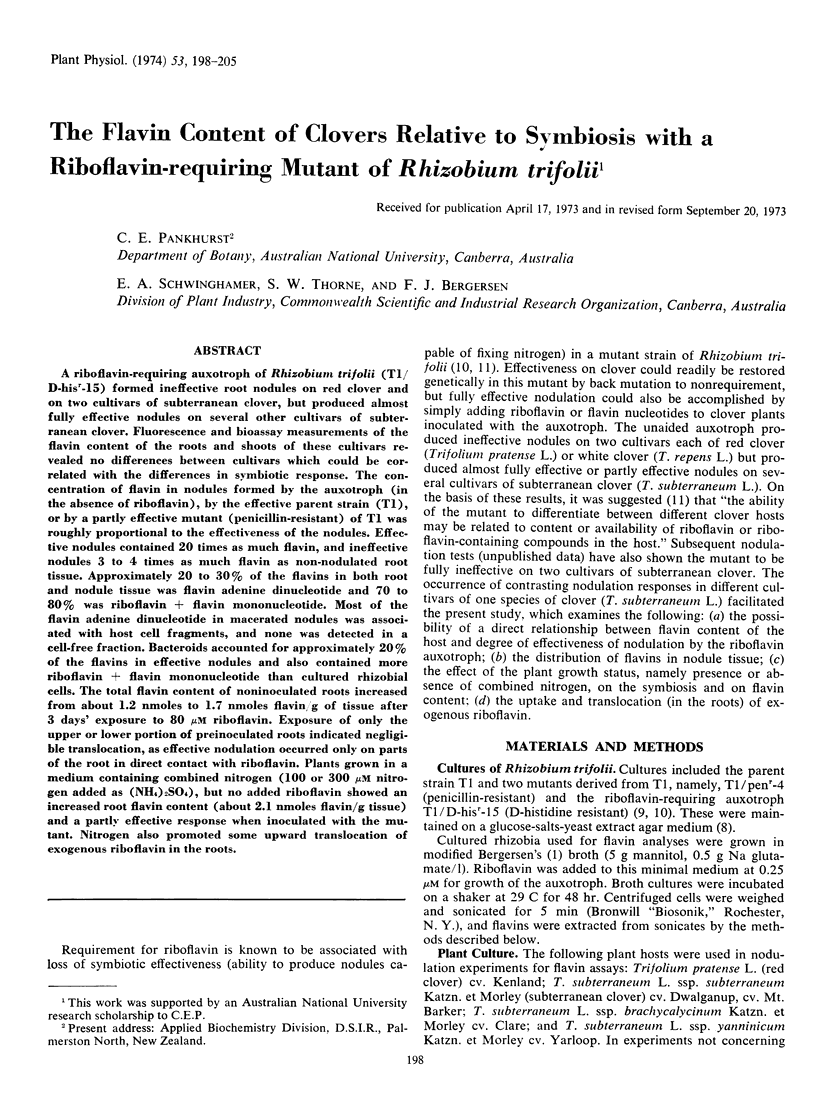
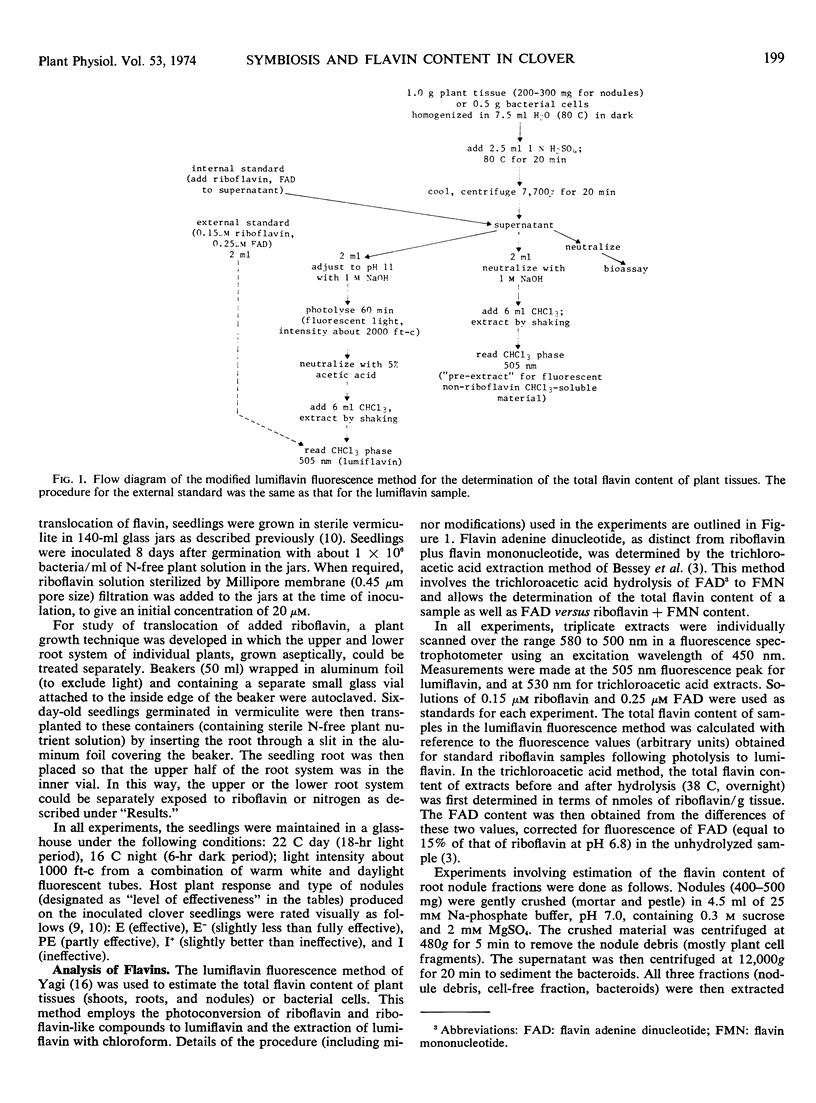
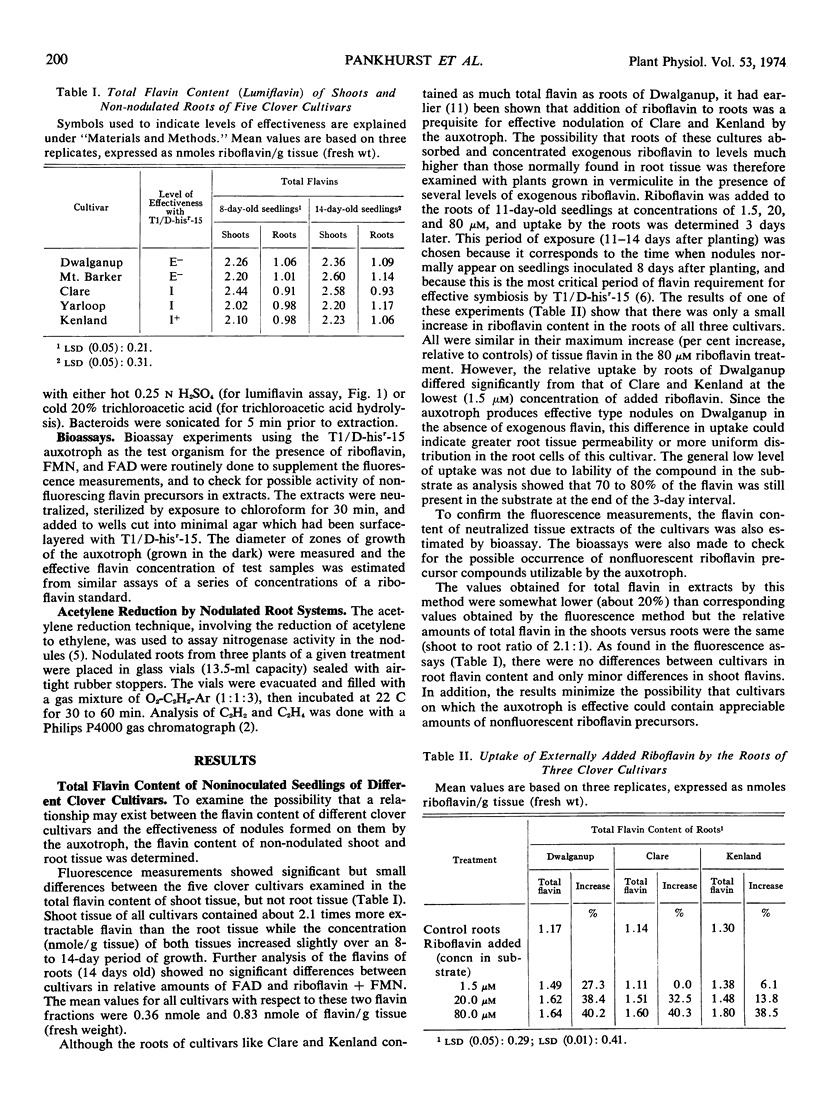
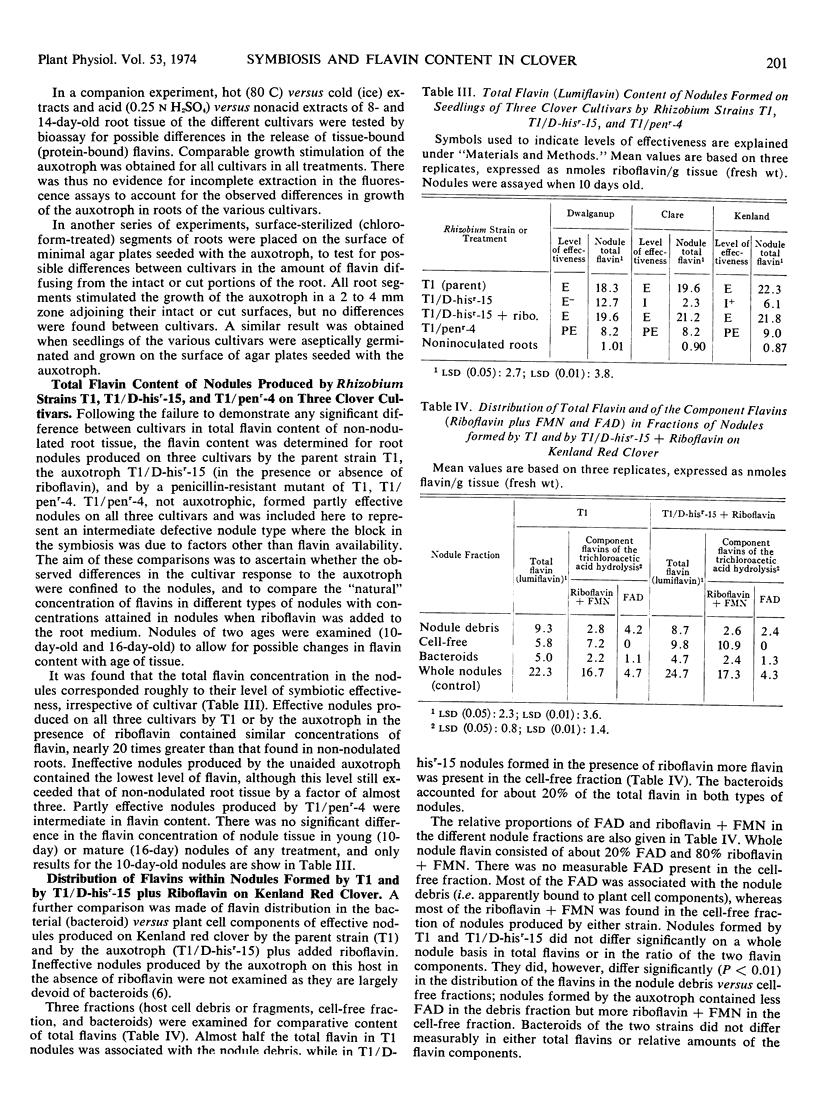
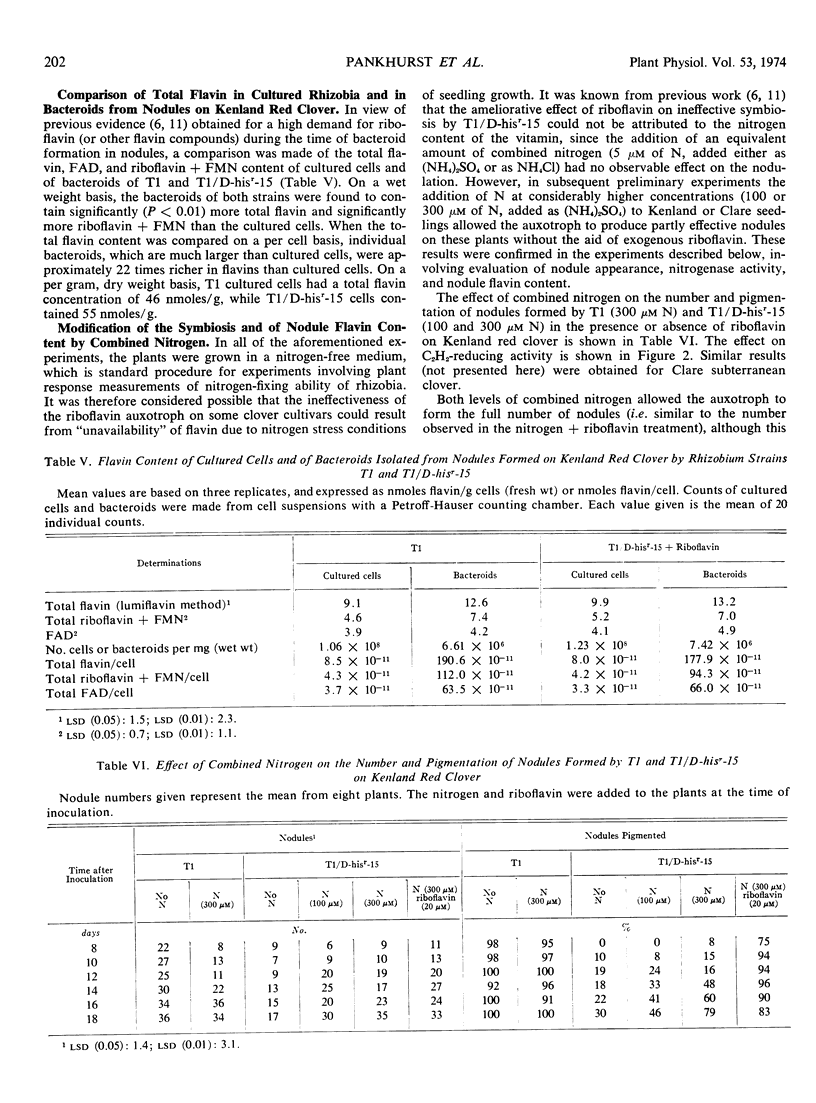
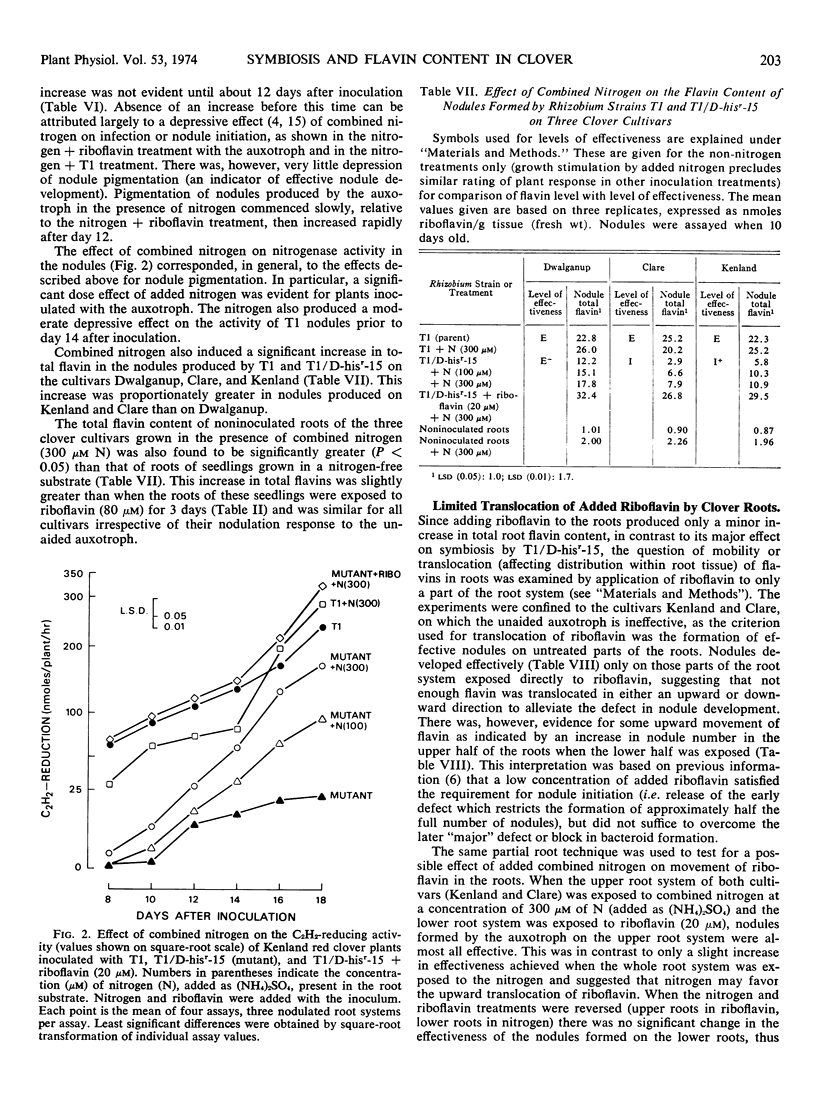
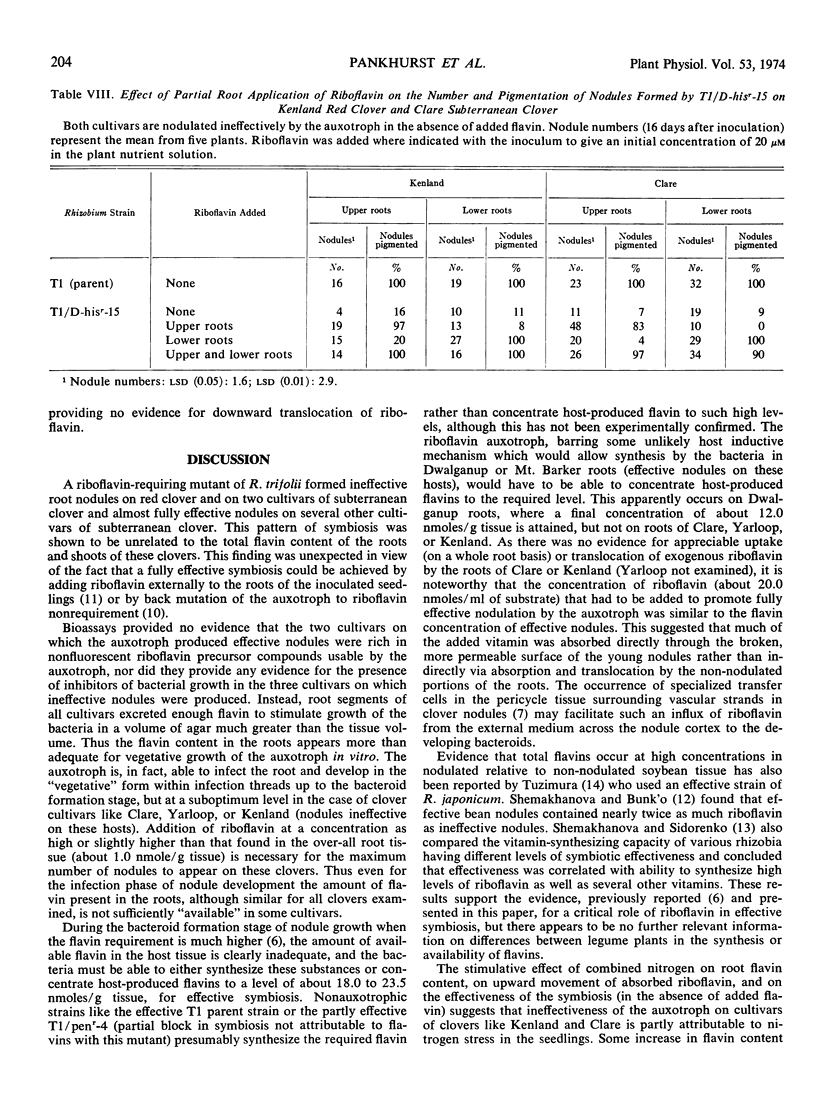
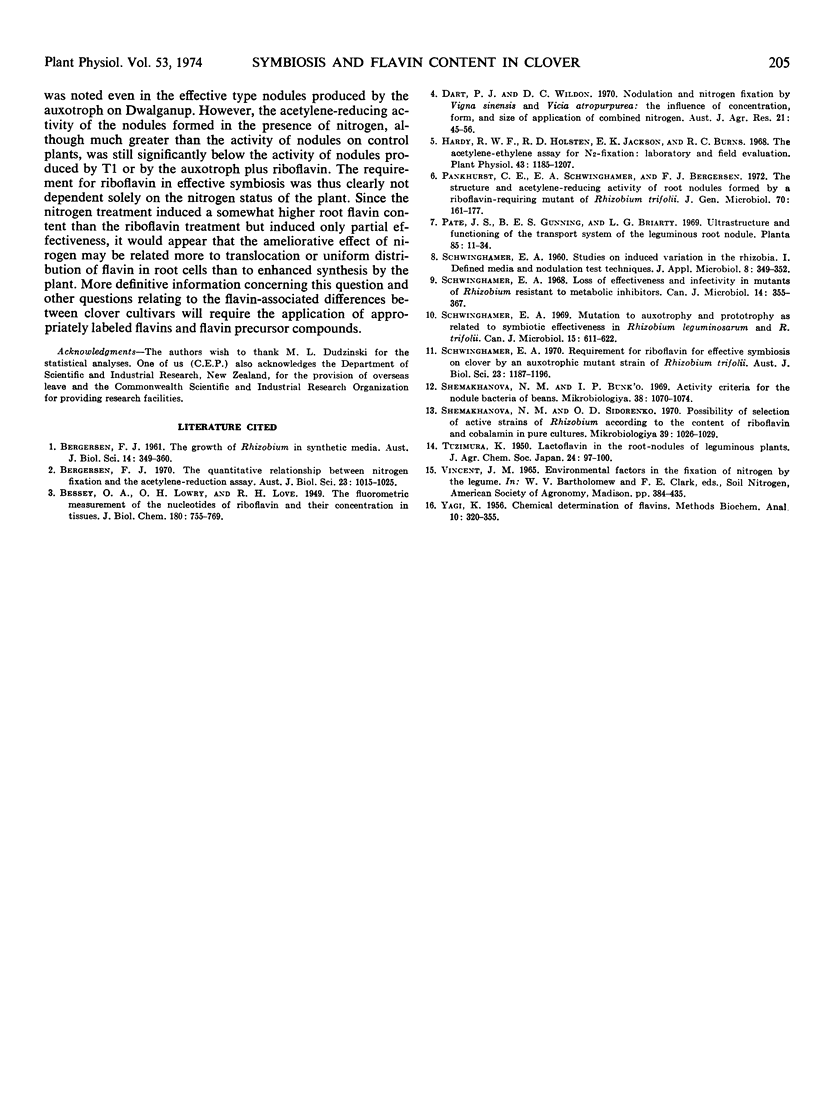
Selected References
These references are in PubMed. This may not be the complete list of references from this article.
- Hardy R. W., Holsten R. D., Jackson E. K., Burns R. C. The acetylene-ethylene assay for n(2) fixation: laboratory and field evaluation. Plant Physiol. 1968 Aug;43(8):1185–1207. doi: 10.1104/pp.43.8.1185. [DOI] [PMC free article] [PubMed] [Google Scholar]
- SCHWINGHAMER E. A. Studies on induced variation in the rhizobia. I. Defined media and nodulation test techniques. Appl Microbiol. 1960 Nov;8:349–352. doi: 10.1128/am.8.6.349-352.1960. [DOI] [PMC free article] [PubMed] [Google Scholar]
- Schwinghamer E. A. Loss of effectiveness and infectivity in mutants of Rhizobium resistant to metabolic inhibitors. Can J Microbiol. 1968 Apr;14(4):355–367. doi: 10.1139/m68-058. [DOI] [PubMed] [Google Scholar]
- Schwinghamer E. A. Mutation to auxotrophy and prototrophy as related to symbiotic effectiveness in Rhizobium leguminosarum and R. trifolii. Can J Microbiol. 1969 Jun;15(6):611–622. doi: 10.1139/m69-104. [DOI] [PubMed] [Google Scholar]
- Shemakhanova N. M., Sidorenko O. D. Vozmozhnost' otbora aktivnykh shtammov Rhizobium po soderzhaniiu riboflavina i kobalamina v chistykh kul'turakh. Mikrobiologiia. 1970 Nov-Dec;39(6):1026–1029. [PubMed] [Google Scholar]


